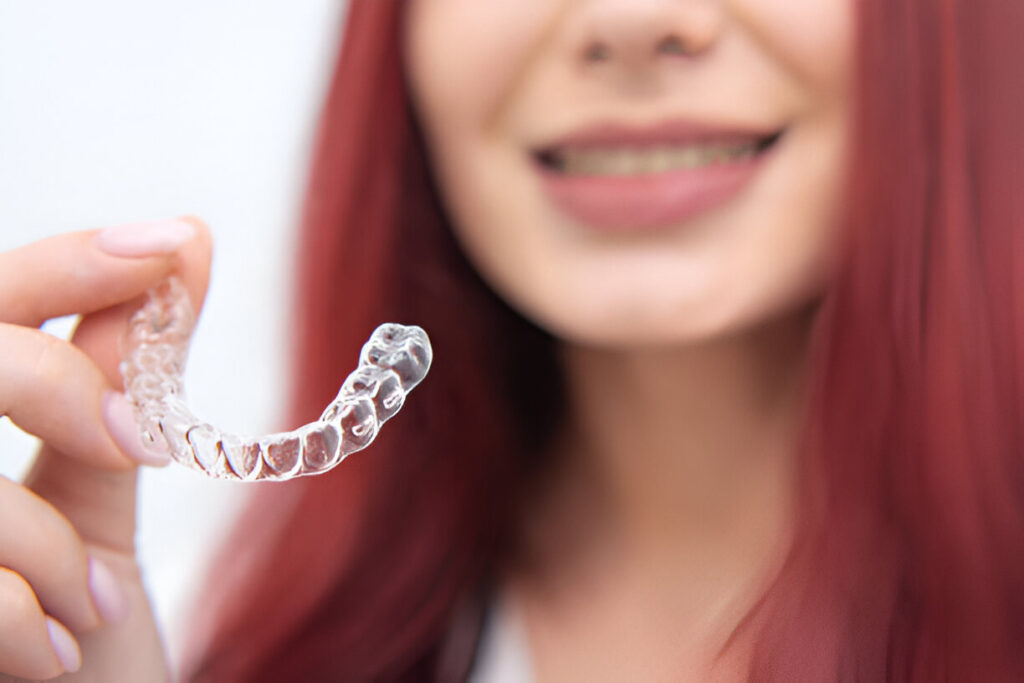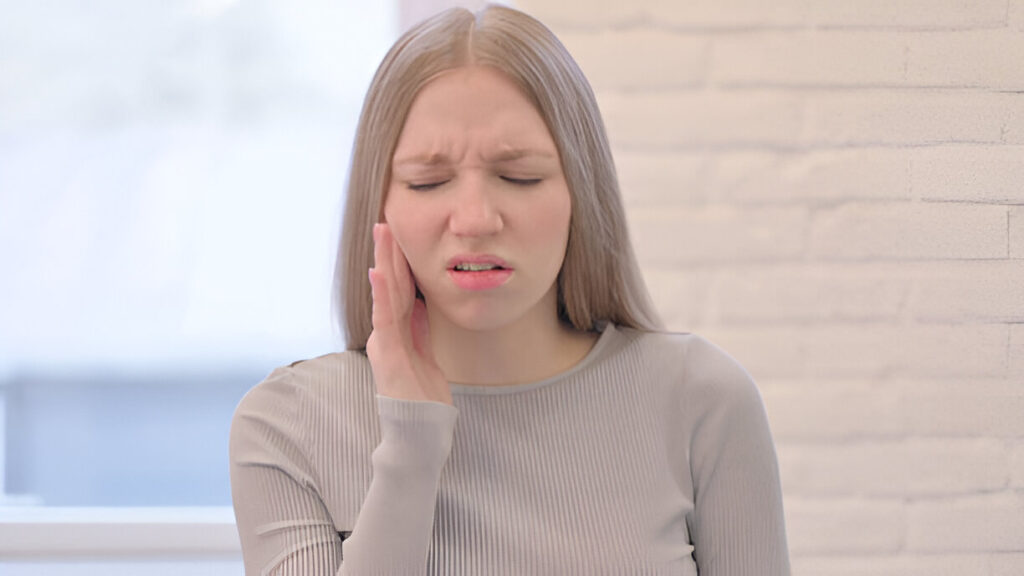Invisalign aligners are a popular choice for those seeking to straighten their teeth without the need for traditional metal braces. These clear, removable aligners offer many benefits, but some people worry about potential speech issues, such as developing a lisp. This article will explore whether wearing an Invisalign aligner can cause a lisp, how to manage it, and what to expect during your treatment.
Understanding Invisalign Aligners
Invisalign aligners are custom-made trays designed to gradually move your teeth into their desired positions. Made from a flexible plastic called SmartTrack, these aligners are nearly invisible, making them an attractive option for many. Unlike metal braces, which are fixed in place, Invisalign aligners can be removed when eating or brushing your teeth.
How Long Does Invisalign Take?
Can Invisalign Aligners Cause a Lisp?
It’s possible to experience a slight lisp when you first start wearing Invisalign aligners. This is because the aligners slightly change the space in your mouth, affecting how your tongue moves. The good news is that any lisp caused by Invisalign is usually temporary.
Most people find that their speech returns to normal within a few days to a couple of weeks as they adjust to the aligners. During this adjustment period, your tongue gets used to the new aligner trays, and any lisp should disappear.
What Are Invisalign Aligners?
Types of Lisps
Understanding the different types of lisps can help you identify and manage any speech issues you might encounter:
- Dentalised Lisp: Occurs when the tongue pushes against the front teeth.
- Lateral Lisp: Happens due to uneven airflow over the tongue.
- Interdental Lisp: Results from the tongue pushing between the teeth.
- Palatal Lisp: Caused by the tongue pushing against the roof of the mouth.
How Much Does Invisalign Cost?
How to Manage a Lisp with Invisalign
If you notice a lisp when you start wearing Invisalign, there are several strategies you can try to help improve your speech:
- Practice Speaking: The more you talk with your aligners in, the quicker your tongue will adapt. Try reading out loud or having conversations with friends and family.
- Speech Exercises: Simple exercises, such as repeating challenging words or phrases, can help you adjust faster. Focus on enunciating each word clearly.
- Mindfulness: Pay attention to how your tongue moves when you speak. Being aware of your tongue’s position can help you adjust more quickly.
- Using Straws: Drinking through a straw can help improve tongue control and strengthen the muscles needed for clear speech.
How to Clean Invisalign Retainers?
Long-Term Solutions
If your lisp persists after a few weeks, consider these additional steps:
- Consult Your Orthodontist: An ill-fitting aligner might be the cause of your lisp. Your orthodontist can check the fit and make any necessary adjustments.
- Speech Therapy: For persistent lisps, a speech-language pathologist can provide specialised exercises and techniques to help improve your speech.
Advantages of Invisalign
Despite the potential for a temporary lisp, Invisalign aligners offer many benefits:
- Invisible Appearance: Invisalign aligners are clear and hard to notice, making them a discreet option for teeth straightening.
- Removable: You can take out your aligners when eating, drinking, or brushing your teeth, which makes maintaining oral hygiene easier.
- Comfortable: Made from smooth plastic, Invisalign aligners are more comfortable than metal braces, which can cause irritation.
- Fewer Dental Visits: Invisalign requires fewer visits to the orthodontist compared to traditional braces.
Does Invisalign Hurt?
Comparing Invisalign to Other Options
When considering orthodontic treatments, it’s helpful to compare Invisalign with other options:
- Metal Braces: Traditional braces are more visible and can cause discomfort. They also require more frequent dental visits.
- Lingual Braces: These braces are placed behind the teeth, making them less visible, but they can be harder to clean and might cause more speech issues than Invisalign.
- Ceramic Braces: These are less noticeable than metal braces but are still visible and can cause similar discomfort.
Is Invisalign Worth It?
What to Expect During Invisalign Treatment
During your Invisalign treatment, you will need to wear your aligners for 20 to 22 hours each day. The average treatment lasts between 12 to 18 months, depending on your specific needs. Regular check-ups with your orthodontist will ensure that your treatment is progressing as planned.
Conclusion
Wearing an Invisalign aligner might cause a temporary lisp, but this issue usually resolves itself within a short period. By practising your speech and using simple exercises, you can help your tongue adjust more quickly. The benefits of Invisalign, such as its discreet appearance and comfort, make it a popular choice for many people seeking orthodontic treatment. If you have any concerns about speech issues or other aspects of Invisalign treatment, consult your Invisalign dentist in Aberdeen for personalised advice and support.
Schedule a Consultation Today!
Ready to Transform Your Smile?
If you’re considering Invisalign aligners to achieve a straighter smile, Cove Dental and Implant Centre is here to help. Our experienced orthodontists will guide you through the process, ensuring a comfortable and effective treatment plan tailored to your needs. Don’t let concerns about a temporary lisp hold you back from achieving the smile you’ve always wanted. Contact Cove Dental and Implant Centre today to schedule your consultation and take the first step towards a confident, beautiful smile.





